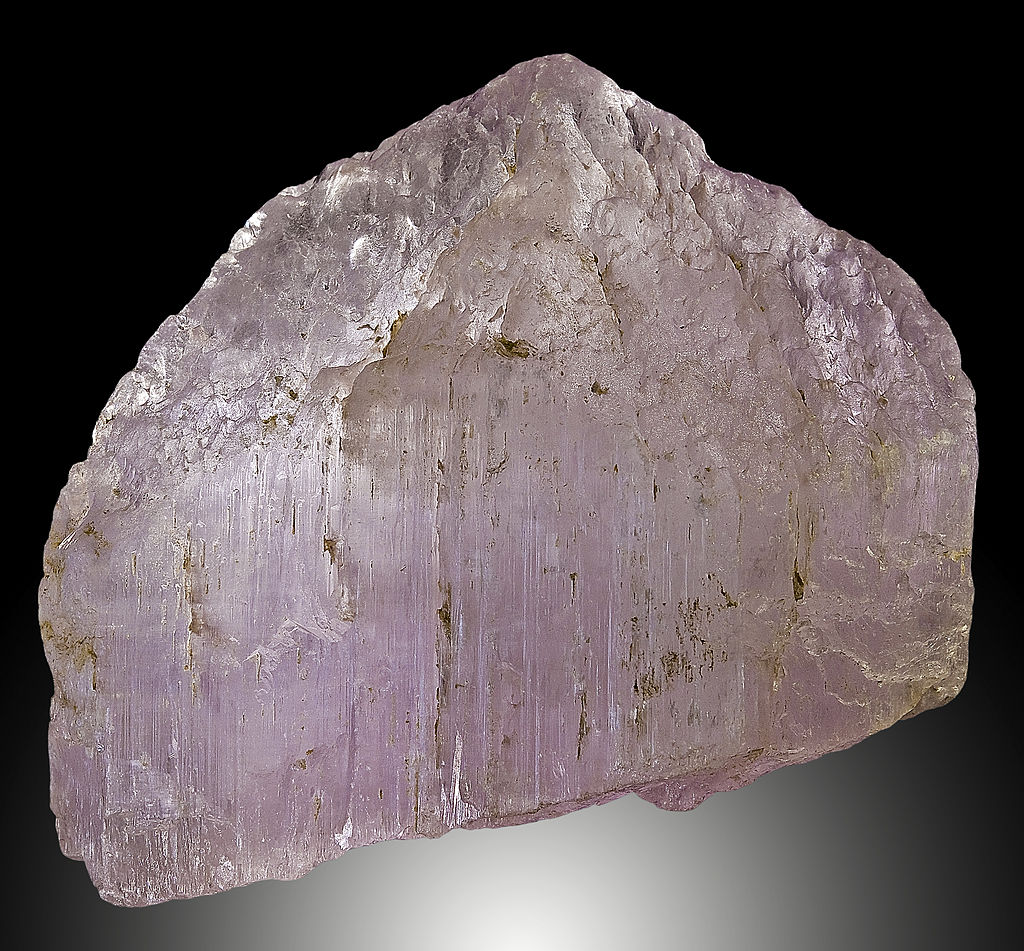Sea Fog

I have been playing hide-and-seek with the rooks in the sea fog up on St Alhelm's Head.
( Not a glimpse of the sea )


Explanation: Tidally locked in synchronous rotation, the Moon always presents its familiar nearside to denizens of planet Earth. From lunar orbit, the Moon's farside can become familiar, though. In fact this sharp picture, a mosaic from the Lunar Reconnaissance Orbiter's wide angle camera, is centered on the lunar farside. Part of a global mosaic of over 15,000 images acquired between November 2009 and February 2011, the highest resolution version shows features at a scale of 100 meters per pixel. Surprisingly, the rough and battered surface of the farside looks very different from the nearside covered with smooth dark lunar maria. A likely explanation is that the farside crust is thicker, making it harder for molten material from the interior to flow to the surface and form dark, smooth maria.

Explanation: Big beautiful barred spiral galaxy Messier 109 is the 109th entry in Charles Messier's famous catalog of bright Nebulae and Star Clusters. You can find it just below the Big Dipper's bowl in the northern constellation Ursa Major. In fact, bright dipper star Phecda, Gamma Ursa Majoris, produces the glare at the upper right corner of this telescopic frame. M109's prominent central bar gives the galaxy the appearance of the Greek letter "theta", θ, a common mathematical symbol representing an angle. M109 spans a very small angle in planet Earth's sky though, about 7 arcminutes or 0.12 degrees. But that small angle corresponds to an enormous 120,000 light-year diameter at the galaxy's estimated 60 million light-year distance. The brightest member of the now recognized Ursa Major galaxy cluster, M109 (aka NGC 3992) is joined by spiky foreground stars. Three small, fuzzy bluish galaxies also on the scene, identified (top to bottom) as UGC 6969, UGC 6940 and UGC 6923, are possibly satellite galaxies of the larger barred spiral galaxy Messier 109.
Photographer: Ray Boren
Summary Author: Ray Boren
Under a big blue sky, the morning sun illuminates a central portion of Wyoming’s majestic Teton Range, which is mirrored via specular reflection in a calm and equally blue bay of Jackson Lake in Grand Teton National Park. In this photograph, taken on May 23, 2025, the park’s namesake Grand Teton peak, topping out at 13,775 feet (4,199 meters) above sea level, is on the far-left side of the image, to the south. Blocky Mount Moran (12,610 feet; 3,840 m) rises prominently just left of center.
The snow still covering the Tetons on this spring day makes it easy to envision the Pleistocene ice-age glaciers that helped carve the mountains’ jagged summits, cirques, and U-shaped drainages. The Park Service explains that the Teton Fault began tilting the range’s primarily granite mountain block upward about 10 million years ago while also dropping the valley of Jackson Hole. Although masked by snow in the photograph, almost a dozen glaciers remain in the park today, some moving and some mere remnants. They, and erosion from water, wind and gravity, continue to shape the dramatic terrain.
Grand Teton National Park, Wyoming Coordinates: 43.7904, -110.6818
Related Links:
Sunset and Specular Reflection at Great Salt Lake
Davey Jackson’s Valley in Winter
The Tetons, from the Idaho Side


Fanwork Links: Office Meeting
Also has a podfic!
Here's the plan: every Friday, let's recommend some people and/or communities to follow on Dreamwidth. That's it. No complicated rules, no "pass this on to 7.328 friends or your cat will die".

Photographer: Rui Santos
Summary Author: Rui Santos
The night sky and planetary alignment featured above was captured from Pinhal de Leiria, Portugal on February 28, 2025. I decided to view the alignment from here because I knew I'd have a clear view of the horizon. Since the planets were stretched out across the sky, I had to do a panorama and try to avoid light pollution (lower left and lower right) from surrounding cities and towns. Venus, Jupiter, Mars and Uranus are included above, but because I wasn't able to arrive as the Sun was setting, Saturn, Neptune and Mercury aren't in the frame.
At bottom center is the Crastinha Lookout Point, one of several watchtowers in the Forest of Leiria. The building to its right is the reconstruction of what used to be the guard's house, dating from 1883. This tower is still in use today.

